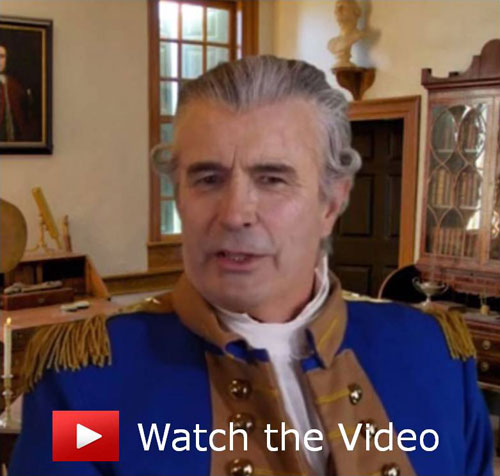Separation of Church and State

Washington does not use this exact phrase to describe his views. The term “wall of separation between church and state” was, in fact, coined by Thomas Jefferson in 1801 as a way to summarize his understanding of the religion clauses of the First Amendment. More than a century earlier, Roger Williams invoked a similar metaphor to distinguish the realm of religion from the realm of politics, fearing that government compulsion of religious belief threatened the independence of the church.
Today, polls show that as many as seventy percent of Americans assume that the “wall of separation between church and state” is an inviolable constitutional principle, a bedrock of the nation’s democratic pluralism. Starting in the 20th century, the Supreme Court began to use this phrase to describe the proper relationship between religion and government authority.;
Critics of the concept of separation between church and state point out that the words do not appear in the Constitution, and should not be invoked to prevent the state from promoting the interests of religion so long as no particular religion is declared the nation’s official faith to which all must lend support or deference.
For the first time in several decades, the doctrine of “separation of church and state” has again been turned nationally into politically contested territory. Recently, the Texas Education Agency issued new guidelines for history texts that omit mention of Thomas Jefferson because he coined the term “separation of church and state.” Literalists from various American religious denominations oppose those (both on the right and left) who hold to more strict constitutional readings of the role of religion in the making of public policy and law, a buffer zone defined in Supreme Court decisions dating back to 1887, and contained in Article VI, which prohibits religious tests for holding of public office.
The George Washington Institute for Religious Freedom takes its cue from Washington himself, who wrote to a group of clergy who protested in 1789 against a lack of mention of Jesus Christ in the Constitution. Washington wrote, “You will permit me to observe that the path of true piety is so plain as to require but little political direction.” In that same year, he wrote to the Baptists of Virginia, a distinct religious minority in that state, “If I could conceive that the general [that is, the federal] government might ever be so administered as to render the liberty of conscience insecure … no one would be more zealous than myself to establish effectual barriers against the horrors of spiritual tyranny, and every species of religious persecution.“




